Thomas F. Edgar, David. M. Himmelblau0070393591, 9780070393592
Table of contents :
Preface……Page 10
About the Authors……Page 13
PART I PROBLEM FORMULATION……Page 16
1. The Nature and Organization of Optimization Problems……Page 18
1.2 Why Optimize?……Page 19
1.3 Scope and Hierarchy of Optimization……Page 20
1.4 Examples of Applications of Optimization……Page 23
1.5 The Essential Features of Optimization Problems……Page 29
1.6 General Procedure for Solving Optimization Problems……Page 33
1.7 Obstacles to Optimization……Page 41
Supplementary References……Page 42
Problems……Page 43
2. Developing Models for Optimization……Page 52
2.1 Classification of Models……Page 56
2.2 How to Build a Model……Page 61
2.3.1 How to Determine the Form of a Model……Page 63
2.3.2 Fitting Models by Least Squares……Page 70
2.4 Factorial Experimental Designs……Page 77
2.5 Degrees of Freedom……Page 81
2.6 Examples of Inequality and Equality Constraints in Models……Page 84
Supplementary References……Page 88
Problems……Page 89
3. Formulation of the Objective Function……Page 98
3.1 Economic Objective Functions……Page 99
3.2 The Time Value of Money in Objective Functions……Page 106
3.3 Measures of Profitability……Page 115
Supplementary References……Page 119
Problems……Page 120
PART II OPTIMIZATION THEORY AND METHODS……Page 126
4. Basic Concepts of Optimization……Page 128
4.1 Continuity of Functions……Page 129
4.2 NLP Problem Statement……Page 133
4.3 Convexity and Its Applications……Page 136
4.4 Interpretation of the Objective Function in Terms of its Quadratic Approximation……Page 146
4.5 Necessary and Sufficient Conditions for an Extremum of an Unconstrained Function……Page 150
Problems……Page 157
5. Optimization of Unconstrained Functions: One Dimensional Search……Page 167
5.1 Numerical Methods for Optimizing a Function of One Variable……Page 170
5.2 Scanning and Bracketing Procedures……Page 171
5.3 Newton and Quasi-Newton Methods of Unidimensional Search……Page 172
5.3.1 Newton’s Method……Page 173
5.3.2 Finite Difference Approximations to Derivatives……Page 174
5.3.3 Quasi-Newton Method……Page 175
5.4.1 Quadratic Interpolation……Page 181
5.4.2 Cubic Interpolation……Page 184
5.5 How One-Dimensional Search Is Applied in a Multidimensional Problem……Page 188
References……Page 191
Problems……Page 192
6. Unconstrained Multivariable Optimization……Page 196
6.1.2 Grid Search……Page 198
6.1.4 Simplex Search Method……Page 200
6.1.5 Conjugate Search Directions……Page 201
6.2 Methods That Use First Derivatives……Page 204
6.2.1 Steepest Descent……Page 205
6.2.2 Conjugate Gradient Methods……Page 209
6.3 Newton’s Method……Page 212
6.3.1 Forcing the Hessian Matrix to Be Positive-Definite……Page 217
6.3.2 Movement in the Search Direction……Page 219
6.3.5 Computation of Derivatives……Page 222
6.4 Quasi-Newton Methods……Page 223
References……Page 225
Problems……Page 226
7. Linear Programming (LP) and Applications……Page 237
7.1 Geometry of Linear Programs……Page 238
7.2 Basic Linear Programming Definitions and Results……Page 242
7.3 Simplex Algorithm……Page 248
7.5 Sensitivity Analysis……Page 257
7.7 LP Software……Page 258
7.8 A Transportation Problem Using the EXCEL Solver Spreadsheet Formulation……Page 260
7.9 Network Flow and Assignment Problems……Page 267
Supplementary References……Page 268
Problems……Page 269
8. Nonlinear Programming with Constraints……Page 279
8.1 Direct Substitution……Page 280
8.2 First-Order Necessary Conditions for a Local Extremum……Page 282
8.2.1 Problems Containing Only Equality Constraints……Page 286
8.2.2 Problems Containing Only Inequality Constraints……Page 288
8.2.3 Problems Containing both Equality and Inequality Constraints……Page 292
8.3 Quadratic Programming……Page 299
8.4 Penalty, Barrier, and Augmented Lagrangian Methods……Page 300
8.5 Successive Linear Programming……Page 308
8.5.1 Penalty Successive Linear Programming……Page 313
8.6 Successive Quadratic Programming……Page 317
8.7 The Generalized Reduced Gradient Method……Page 321
8.8 Relative Advantages and Disadvantages of NLP Methods……Page 333
8.9.1 Optimizers for Stand-Alone Operation or Embedded Applications……Page 334
8.9.2 Spreadsheet Optimizers……Page 337
8.10 Using NLP Software……Page 338
8.10.1 Evaluation of Derivatives: Issues and Problems……Page 339
8.10.2 What to Do When an NLP Algorithm Is Not “Working”……Page 341
References……Page 343
Problems……Page 344
9. Mixed-Integer Programming……Page 366
9.1 Problem Formulation……Page 367
9.2 Branch-and-Bound Methods Using LP Relaxations……Page 369
9.3 Solving MINLP Problems Using Branch-and-Bound Methods……Page 376
9.4 Solving MINLPs Using Outer Approximation……Page 384
9.5 Other Decomposition Approaches for MINLP……Page 385
9.6 Disjunctive Programming……Page 386
References……Page 387
Supplementary References……Page 388
Problems……Page 389
10.Global Optimization for Problems with Continuous and Discrete Variables……Page 396
10.1 Methods for Global Optimization……Page 397
10.2 Smoothing Optimization Problems……Page 399
10.3 Branch-and-Bound Methods……Page 400
10.4 Multistart Methods……Page 403
10.5 Heuristic Search Methods……Page 404
10.5.1 Heuristic Search……Page 405
10.5.2 Tabu Search……Page 408
10.5.3 Simulated Annealing……Page 414
10.5.4 Genetic and Evolutionary Algorithms……Page 415
10.5.5 Using the Evolutionary Algorithm in the Premium Excel Solver……Page 418
10.5.6 Scatter Search……Page 423
10.6 Other Software for Global Optimization……Page 426
References……Page 427
Supplementary References……Page 428
PART III APPLICATIONS OF OPTIMIZATION……Page 430
11.Heat Transfer and Energy Conservation……Page 432
Example 11.1 Optimizing Recovery of Waste Heat……Page 434
Example 11.2 Optimal Shell-and-Tube Heat Exchanger Design……Page 437
Example 11.3 Optimization of a Multi-Effect Evaporator……Page 445
Example 11.4 Boiler/Turbo-Generator System Optimization……Page 450
References……Page 453
Supplementary References……Page 454
12.Separation Processes……Page 456
Example 12.1 Optimal Design and Operation of a Conventional Staged-Distillation Column……Page 458
Example 12.2 Optimization of Flow Rates in a Liquid-Liquid Extraction Column……Page 463
Example 12.3 Fitting Vapor-Liquid Equilibrium Data Via Nonlinear Regression……Page 466
Example 12.4 Determination of the Optimal Reflux Ratio for a Staged-Distillation Column……Page 468
Supplementary References……Page 473
13.Fluid Flow Systems……Page 475
Example 13.1 Optimal Pipe Diameter……Page 476
Example 13.2 Minimum Work of Compression……Page 479
Example 13.3 Economic Operation of a Fixed-Bed Filter……Page 481
Example 13.4 Optimal Design of a Gas Transmission Network……Page 484
Supplementary References……Page 493
14.Chemical Reactor Design and Operation……Page 495
Example 14.1 Optimization of a Thermal Cracker Via Linear Programming……Page 499
Example 14.2 Optimal Design of an Ammonia Reactor……Page 503
Example 14.3 Solution of an Alkylation Process by Sequential Quadratic Programming……Page 507
Example 14.4 Predicting Protein Folding……Page 510
Example 14.5 Optimization of Low-Pressure Chemical Vapor Deposition Reactor for the Deposition of Thin Films……Page 515
Example 14.6 Reaction Synthesis Via MINLP……Page 523
References……Page 528
Supplementary References……Page 529
15.Optimization in Large-Scale Plant Design and Operations……Page 530
15.1 Process Simulators and Optimization Codes……Page 533
15.2 Optimization Using Equation-Based Process Simulators……Page 540
15.3 Optimization Using Modular-Based Simulators……Page 552
15.3.1 Sequential Modular Methods……Page 554
15.3.2 Simultaneous Modular Methods……Page 558
15.3.3 Calculation of Derivatives……Page 559
References……Page 561
Supplementary References……Page 563
16.Integrated Planning, Scheduling, and Control in the Process Industries……Page 564
16.1 Plant Optimization Hierarchy……Page 565
16.2 Planning and Scheduling……Page 568
16.2.1 Planning……Page 569
16.2.2 Scheduling……Page 574
16.3 Plantwide Management and Optimization……Page 580
16.4 Unit Management and Control……Page 582
16.4.1 Formulating the MPC Optimization Problem……Page 583
16.5 Process Monitoring and Analysis……Page 590
References……Page 594
Supplementary References……Page 596
A Mathematical Summary……Page 598
A.1 Definitions……Page 599
A.2 Basic Matrix Operations……Page 600
A.3 Linear Independence and Row Operations……Page 608
A.4 Solution of Linear Equations……Page 610
A.5 Eigenvalues, Eigenvectors……Page 613
Supplementary References……Page 615
Problems……Page 616
B Cost Estimation……Page 618
B.1 Capital Costs……Page 619
B.2 Operating Costs……Page 625
B.3 Taking Account of Inflation……Page 626
B.4 Predicting Revenues in an Economic-Based Objective Function……Page 629
B.5 Project Evaluation……Page 630
References……Page 643
Nomenclature……Page 646
Name Index……Page 652
Subject Index……Page 658
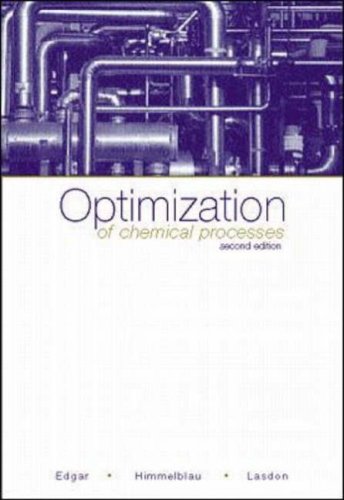
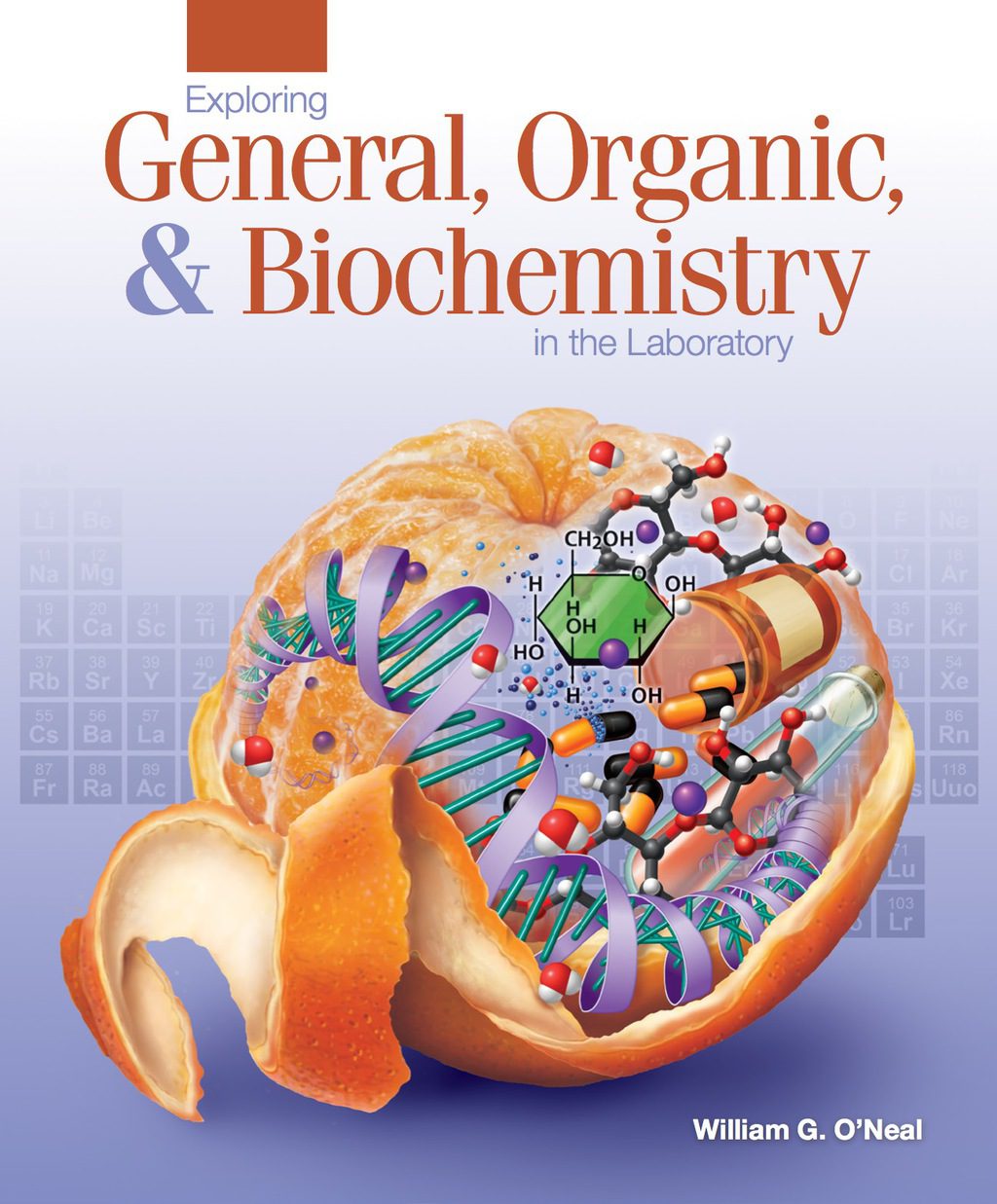
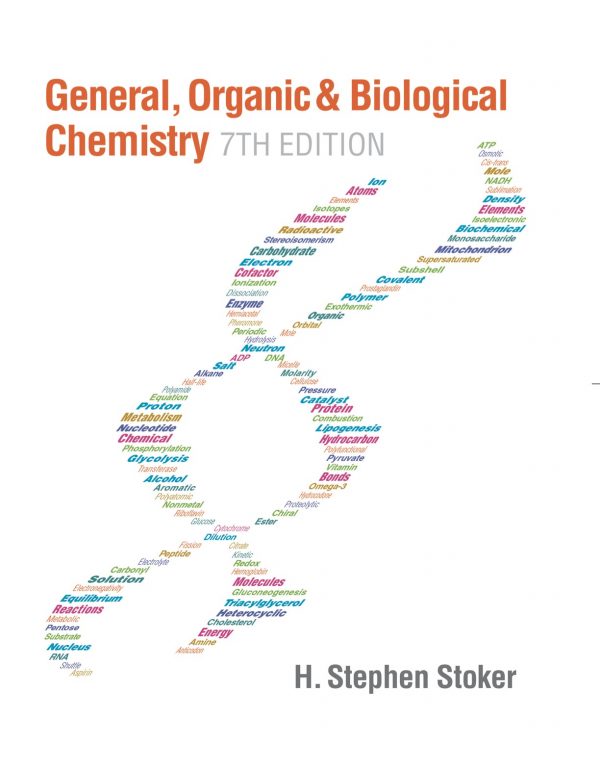

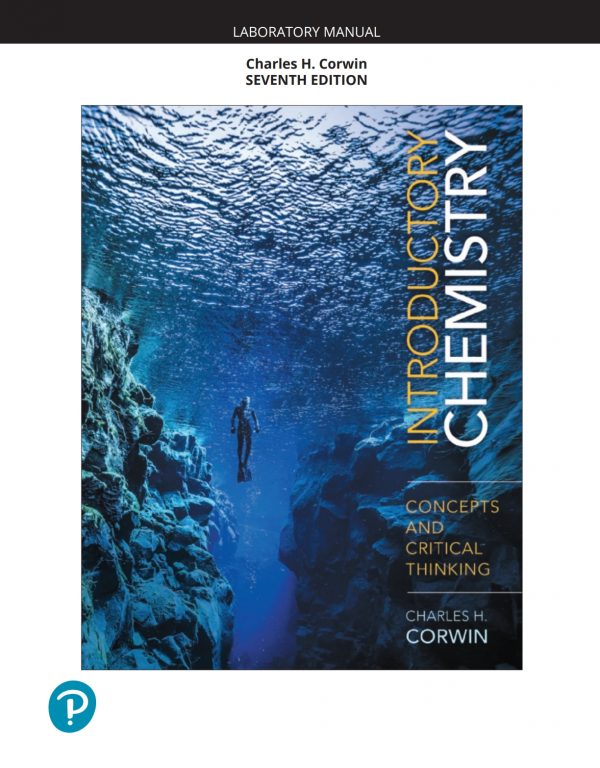

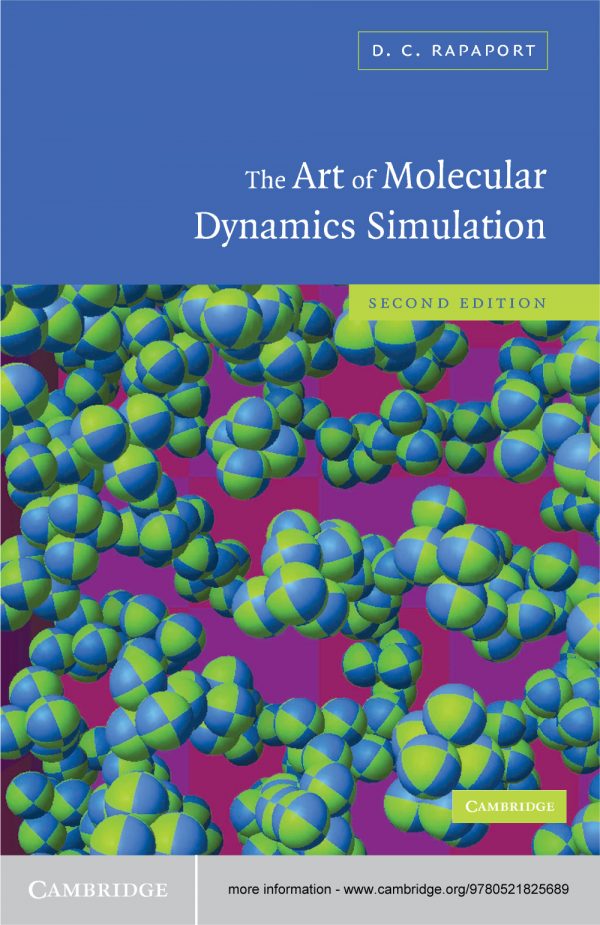
Reviews
There are no reviews yet.